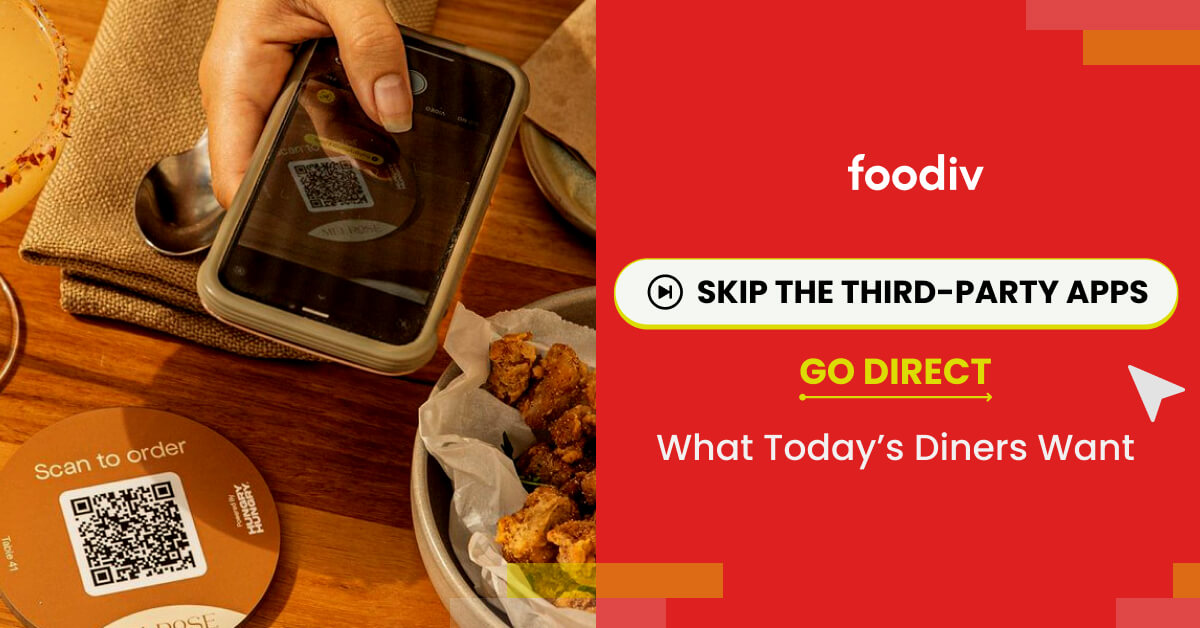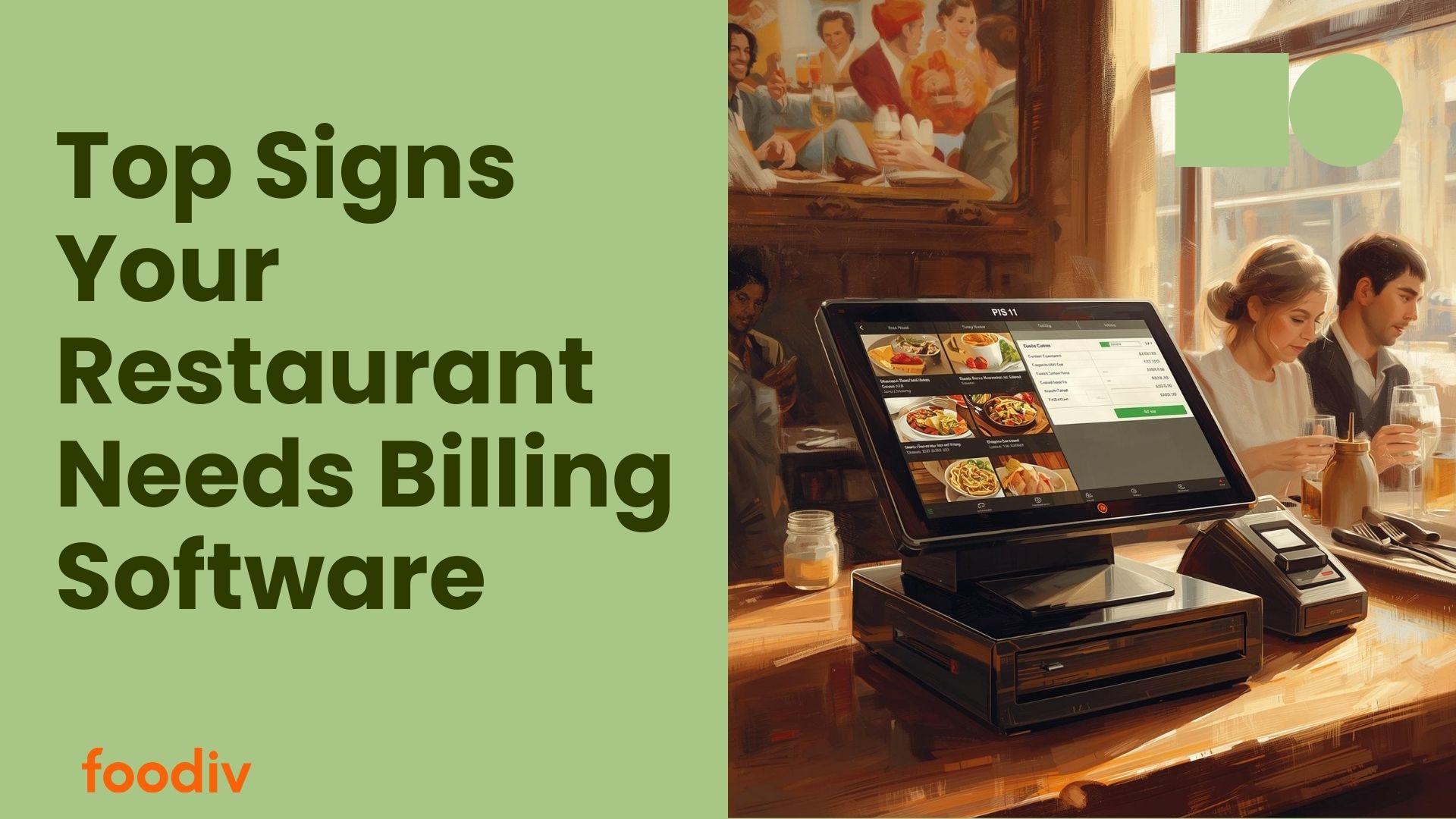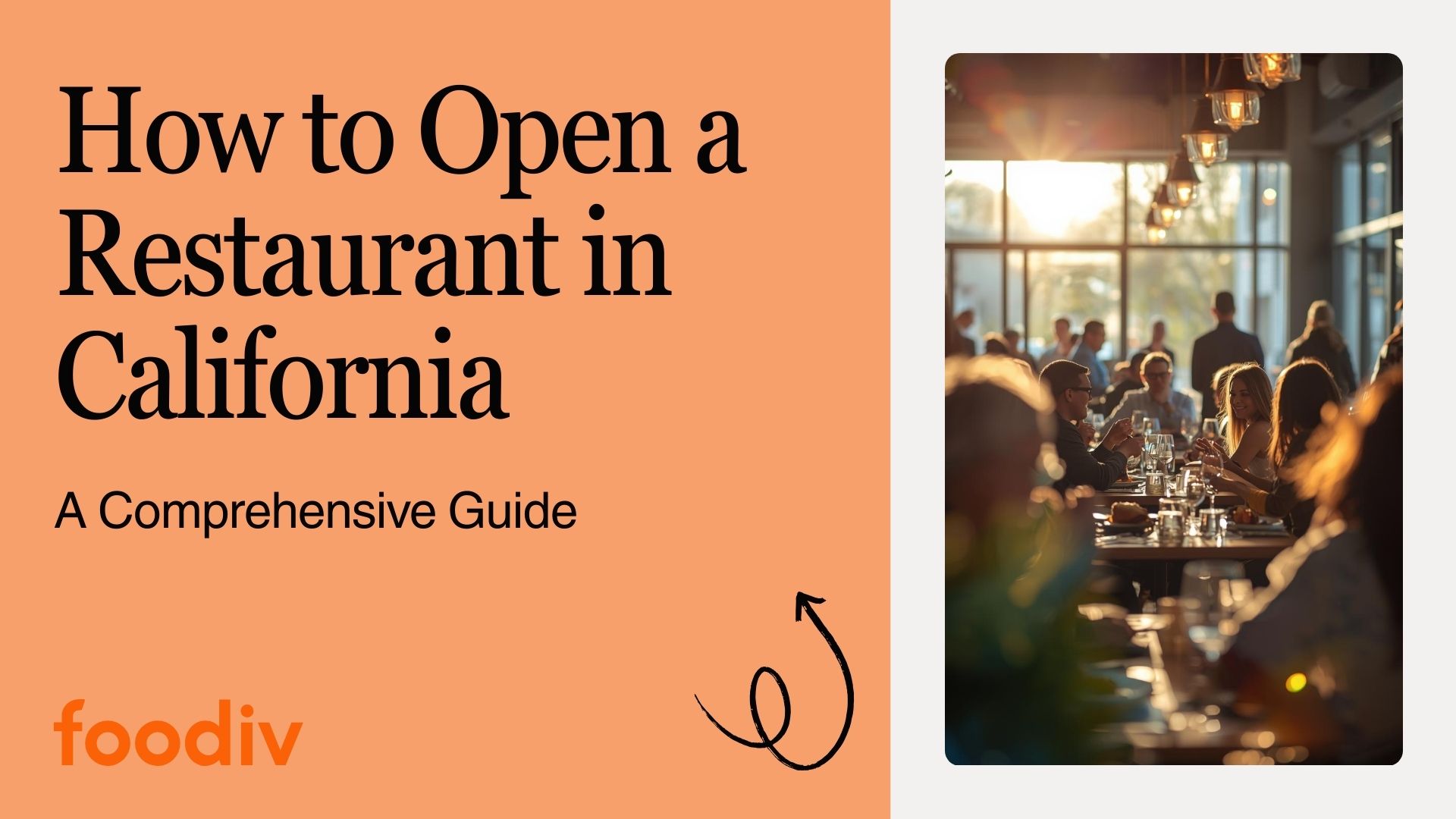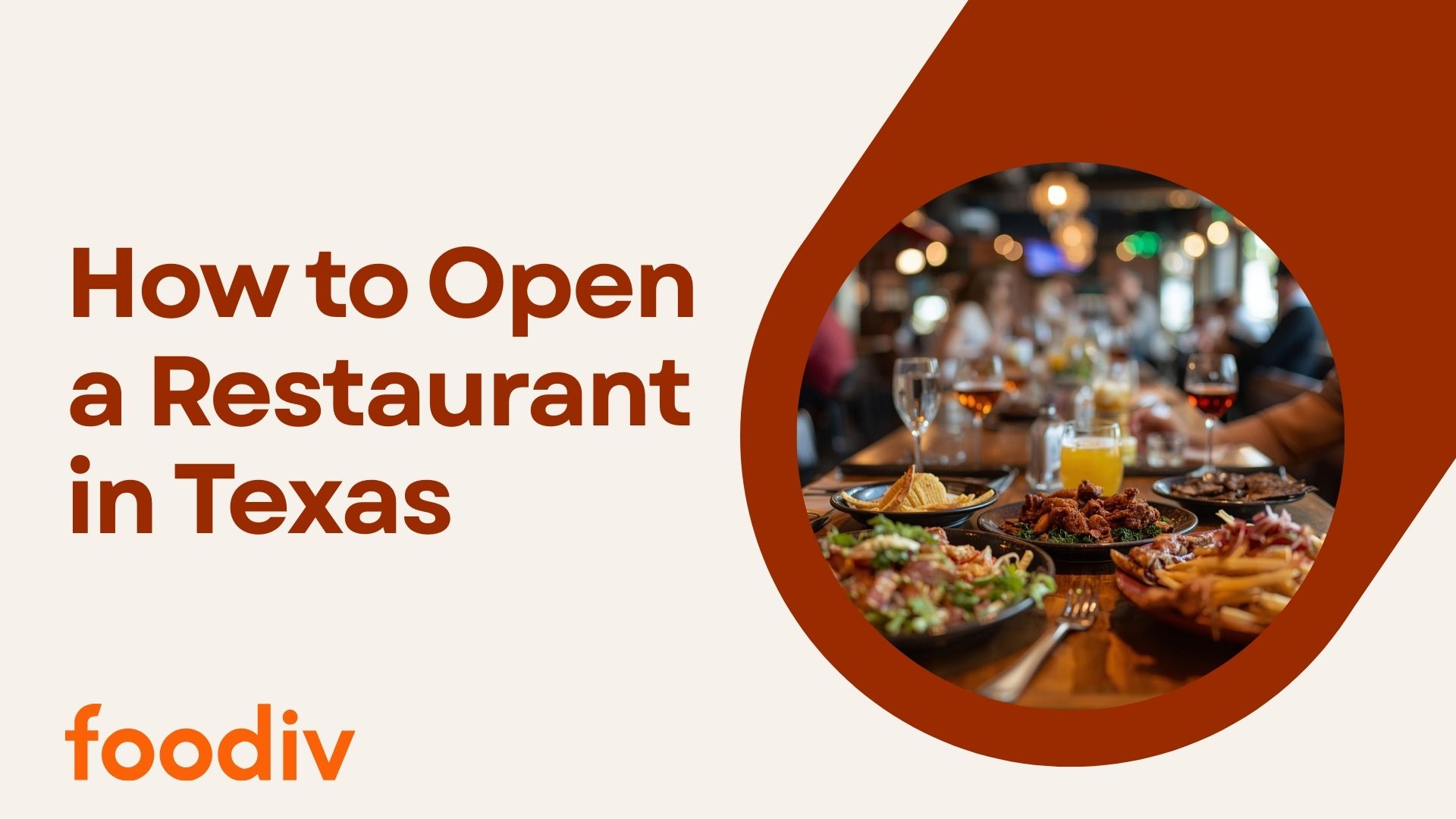
The food service industry has experienced a significant shift in how customers interact with restaurants. The traditional approach of dining in or placing phone calls is rapidly being replaced by digital ordering channels. Customers now expect faster service, transparent pricing, and a more personalized experience when choosing where and how to order food. In response to these expectations, restaurants are adopting technology that streamlines the process and enhances convenience for both the customer and the business.
A growing number of people now prefer to place their food orders directly through a restaurant’s website, mobile app, or over the phone, rather than relying on third-party delivery platforms. This preference is reshaping the industry and encouraging restaurant owners to rethink how they manage their digital presence. When customers order directly from a restaurant, they feel more in control of the experience. At the same time, restaurants gain valuable insights into customer preferences and save significantly by avoiding commission fees typically charged by external delivery providers.
Investing in a well-designed restaurant ordering system allows businesses to provide a seamless digital experience. It helps build stronger customer relationships while increasing revenue and reducing operational costs. Whether a restaurant is just starting to explore online sales or already has some digital tools in place, choosing the best online ordering system can make a lasting difference in customer satisfaction and long-term growth.
That’s why more customers today are choosing to bypass third-party apps in favor of ordering directly from the source. Let‘s explore the key reasons behind this shift and what makes direct ordering from restaurants and other food businesses the preferred choice for today’s diners.
Customer Motivations for Direct Ordering from Restaurants
Customers today are more digitally connected and service-conscious than ever before. Their expectations have changed, and they now seek restaurant experiences that are convenient, personalized, and transparent. With so many options available for dining and delivery, restaurants that offer a smooth and direct ordering process gain a clear advantage. Using an online ordering system helps food businesses meet modern customer demands and provides a more satisfying interaction with the brand.
The decision to place orders directly with a restaurant is influenced by several key factors. From faster service to exclusive promotions, customers reap clear benefits by skipping third-party platforms. Understanding what motivates this choice can help restaurants improve their customer experience and encourage more people to engage with their direct channels.
Convenience and Time Savings
Customers often prefer ordering directly from a restaurant because of the convenience it provides. They want a fast, simple experience without interruptions or complications. A dedicated restaurant ordering system gives them access to a digital platform designed for ease of use and speed.
Unlike third-party apps that add extra steps, display advertisements, and promote other restaurants, a direct ordering system focuses solely on the restaurant’s brand. It allows customers to browse the menu, customize their selections, and place orders within minutes, without waiting on hold or explaining details over the phone.
- Faster checkout process: A streamlined online ordering system allows users to save their information, repeat past orders, and make payments instantly. This reduces friction and helps customers complete their order without delay.
- Flexible scheduling: Customers can choose the exact time for delivery or pickup, giving them greater control over their schedule. Whether planning lunch during a work break or dinner for the family, having that flexibility adds to the overall experience.
Restaurants that prioritize convenience through direct online ordering often build stronger customer loyalty. When the process is smooth, people are more likely to return and recommend the service to others. A well-designed online food ordering system for restaurants helps deliver that experience consistently.
Greater Customization and Accuracy
Another strong motivation for customers to order directly from a restaurant is the ability to customize their meals easily and ensure that every detail is correct. People want their food prepared exactly the way they prefer, and using a direct ordering platform for a restaurant makes that possible. When customers place orders through a dedicated restaurant ordering system, they are presented with clear options, customization fields, and special instructions that allow for a more personalized experience.
In contrast, phone orders or third-party apps often leave room for misunderstandings. Verbal communication during a busy shift can lead to mistakes, while third-party interfaces might not offer complete access to all menu options or modifiers. Customers are often left unsure if their special requests have been received or noted correctly.
A direct online ordering system eliminates that uncertainty by displaying every step of the order and confirming selections in real time. When customers feel confident that their order will be accurate, it increases their satisfaction and encourages future use of the platform.
- Clear customization options: Online menus allow users to select toppings, sides, portion sizes, cooking preferences, and more. All choices are displayed visually, which reduces confusion and improves accuracy.
- Real-time feedback and confirmation: The platform instantly reflects changes to the order and provides a detailed summary before submission. This gives customers the chance to review everything before making a payment.
Offering a high level of customization helps restaurants meet the dietary needs, flavor preferences, and expectations of modern customers. An online ordering system for restaurant use should be designed with flexibility in mind, allowing guests to take control of their experience while also helping the kitchen deliver meals exactly as requested.
Cost Transparency and Exclusive Offers
Customers are more cost-conscious than ever before. They want to understand exactly what they are paying for and avoid unnecessary charges. One of the biggest reasons people now prefer to order directly from a restaurant is because of the transparency in pricing. When using a third-party delivery app, it is common for customers to encounter unexpected service fees, inflated menu prices, and delivery charges. These hidden costs add up quickly and often make the overall experience less satisfying.
By ordering directly through a restaurant’s website or mobile platform, customers can view prices as they are intended. Restaurants that use their online ordering system often provide clear breakdowns of item prices, taxes, and delivery fees. There are no surprise charges at checkout, which builds trust and encourages repeat business.
Beyond transparency, direct food ordering also provides access to exclusive deals that are not available through third-party apps. Restaurants often create special offers for their direct customers to incentivize loyalty and reward those who choose to support the business directly. These offers may include discounts, bundled meals, or time-sensitive promotions that help increase order volume and customer satisfaction.
- Clear and honest pricing: Direct online ordering platforms provide a full breakdown of the order, including any add-ons, taxes, or optional charges. Customers know exactly what they are paying for at every step.
- Exclusive promotions: Restaurants can create unique discounts, loyalty rewards, and seasonal specials available only through their own ordering system. This creates added value and gives customers a reason to return.
A restaurant ordering software that prioritizes transparency and value can stand out in a competitive marketplace. When customers feel that they are getting a fair deal without being overcharged, they are more likely to develop a positive relationship with the brand. For restaurant owners, using an ordering system for restaurant sales also means greater control over pricing, discounts, and revenue management.
Rewards and Loyalty Benefits
Loyalty is an important part of customer retention, especially in the food service industry. People enjoy returning to places where they feel appreciated and recognized. One reason customers often choose to order food directly from a restaurant is the opportunity to earn rewards and take advantage of loyalty benefits. These programs create a sense of connection between the diner and the business, making each restaurant order more than just a transaction.
When customers use third-party platforms, they are engaging with the delivery service rather than the restaurant itself. Any points earned or deals offered typically benefit the app rather than the restaurant brand. This limits the restaurant’s ability to build a long-term relationship with the customer and also reduces the incentive for repeat business.
With a dedicated restaurant ordering system, restaurants can implement loyalty programs that are tied directly to their brand. Customers are able to track their rewards, receive personalized offers, and feel valued for their continued support. Whether it is a free item after a certain number of purchases or a discount on their birthday, these experiences foster repeat engagement.
- Customer rewards and point systems: Direct platforms allow restaurants to set up programs where users earn points with every online order. These points can be redeemed for discounts, free items, or exclusive offers.
- Personalized loyalty experiences: Restaurants can tailor promotions based on past orders, visit frequency, and user preferences. This makes each interaction feel unique and encourages customers to return more often.
An effective online ordering system for restaurant use should include built-in tools for loyalty management. By offering consistent rewards and personalized deals, restaurants can turn one-time buyers into long-term patrons. In a competitive market, having a strong customer loyalty strategy is one of the most valuable assets a restaurant can develop.
Benefits to Restaurants: Why They Encourage Direct Ordering
While direct restaurant ordering provides a better experience for customers, it also delivers powerful advantages for restaurant owners. The use of an online food ordering system goes far beyond convenience. It impacts revenue, efficiency, and long-term growth in measurable ways. Restaurants that rely on third-party services often face limitations in profit, branding, and customer engagement. By offering their business’ digital ordering channels, businesses regain control and create more sustainable models.
A well-built restaurant ordering system allows owners to operate on their own terms. They can manage how food is presented, how promotions are run, and how the delivery process is handled. More importantly, they can maximize their revenue by avoiding fees and strengthening their connection with customers. Below are several reasons why direct ordering has become a priority for restaurant businesses.
Higher Profit Margins
One of the most significant benefits of using a direct food ordering system for restaurant operations is the improvement in profit margins. Third-party delivery services often charge restaurants commission fees that range from 15 percent to 30 percent on each order. These fees can seriously reduce the profit on already slim margins, especially for small or independent restaurants.
By using their own restaurant ordering system, business owners can eliminate those charges entirely. Every dollar that would have gone to a third-party platform stays with the restaurant, making each sale more valuable. This additional revenue can be reinvested into staffing, better ingredients, or marketing campaigns that attract new customers.
In addition to saving on fees, direct orders also tend to have a higher average value. Customers who order through a restaurant’s branded system are more likely to browse the full menu, try new items, or respond to upselling prompts built into the platform. This leads to larger orders and increased per-ticket revenue.
- Zero commission costs: Direct online orders avoid the high percentage fees that third-party platforms charge, allowing restaurants to keep more of their earnings.
- Increased order size: Customers using a restaurant’s ordering system often spend more due to better menu presentation, bundled offers, and personalized suggestions.
Improving profitability is essential for every restaurant, especially in a market where operating costs are rising. By shifting to a direct model using an online ordering system, restaurant owners can take control of their pricing, reduce overhead, and keep their businesses financially healthy.
Operational Efficiency
Running a restaurant requires constant multitasking, and efficiency is essential for delivering excellent service. Receiving orders through third-party platforms or over the phone often adds extra steps, increases the risk of miscommunication, and demands more manual effort. By implementing a dedicated restaurant ordering system, restaurants reduce errors, save time, and streamline workflow across both the kitchen and front-of-house teams.
Online orders received directly from customers are automatically recorded and sent to the appropriate station for preparation. This reduces the need for staff to relay orders verbally or manually input them into a system, which can lead to mistakes during busy hours. An online food ordering system also supports order tracking and time estimates, allowing teams to better manage order volumes without sacrificing service quality.
With clear communication and automation, restaurants can fulfill more orders in less time, with fewer errors. Staff can focus on preparing food, assisting in-house guests, or maintaining quality standards rather than answering phone calls or managing third-party dashboards.
- Streamlined kitchen operations: The restaurant’s own food ordering system sends orders directly to the kitchen display or printer, eliminating unnecessary steps and reducing confusion during high-traffic hours.
- Reduced staff workload: Automating the food ordering process allows employees to focus on service and production, rather than administrative tasks or order intake.
Investing in a restaurant-specific ordering system helps reduce training costs and enhances staff performance. By streamlining the ordering process and minimizing steps, restaurants lower the risk of human error and improve consistency. Efficient operations enable restaurants to handle customer demand more effectively, provide faster service, and maintain a strong reputation.
Ownership of Customer Data and Brand Experience
In the restaurant industry, building strong customer relationships takes time, and access to accurate, meaningful data is essential to that process. When customers order through third-party apps, restaurants lose visibility into who their customers are, what they prefer, and how often they return. This lack of insight makes it difficult to engage with customers in a personalized and effective way.
By using its own restaurant ordering system, a restaurant gains full ownership of customer information. This includes order history, frequency of visits, average spend, preferred menu items, and even the times customers are most active. With this data, restaurant owners can make informed decisions, improve marketing strategies, and offer promotions that are actually relevant to their guests.
A direct online ordering system gives restaurants full control over the entire customer journey. From the menu layout to the checkout confirmation page, every part of the experience can reflect the restaurant’s brand. Unlike third-party platforms that place restaurants alongside competitors and display unrelated promotions, a direct system creates a focused, branded environment that strengthens customer recognition and builds trust.
- Direct access to customer data: Restaurants can collect and use insights to drive loyalty programs, personalized email campaigns, and targeted promotions.
- Consistent brand presentation: Using a dedicated platform ensures that customers interact with the restaurant’s visual identity, messaging, and tone throughout the online ordering process.
For restaurants looking to create long-term customer relationships and improve the impact of their marketing efforts, having an online ordering system for your restaurant is a strategic asset. It puts the business in control of both the message and the audience.
Control Over Delivery Experience
Customer satisfaction does not end when an order is placed. The delivery experience plays an essential role in how people perceive a restaurant’s overall service quality. When food arrives late, cold, or damaged, it affects the customer’s impression, even if the restaurant prepared the meal correctly. Unfortunately, when restaurants rely on third-party delivery providers, they often have little control over the process once the food leaves their kitchen.
Using a dedicated restaurant ordering system gives restaurants more influence over how their orders are handled. Whether they choose to manage delivery in-house or partner with a reliable local service, restaurants can establish standards for speed, packaging, and presentation. This ensures that customers receive their meals as intended, preserving quality and brand reputation.
When restaurants maintain control over delivery, they can create consistent experiences for both online and in-person guests. They can design packaging to reflect their brand, train delivery drivers to represent the business professionally, and closely monitor service expectations. By managing the entire process directly, restaurants increase the likelihood that customers receive their orders on time and in good condition.
- Improved quality assurance: Restaurants can design delivery workflows that maintain food temperature, prevent spills, and protect presentation, leading to higher customer satisfaction.
- Reliable and consistent service: Direct delivery partnerships or in-house staff are easier to train and manage, ensuring a professional and dependable customer experience.
An online ordering system that includes delivery management tools can help restaurant owners maintain full oversight of the customer journey from kitchen to doorstep. This level of control not only protects the brand but also increases the chances of repeat business and positive reviews.
Concrete Consumer Statistics
Understanding customer behavior through actual data helps restaurants make informed decisions. While trends and preferences provide insight, numbers give credibility to the growing movement toward direct restaurant ordering. Statistics collected from industry reports, surveys, and platform analytics show that customers are actively seeking more control, better pricing, and personalized experiences. These behaviors directly support the decision to invest in a restaurant ordering system.
The shift toward direct ordering from food businesses is not just anecdotal. Customers have clearly expressed their preferences through how they choose to interact with food businesses. Restaurants that use an online ordering system have reported higher ticket sizes, stronger return rates, and greater customer satisfaction compared to those that rely exclusively on third-party services.
- Over 58 percent of customers prefer placing delivery or pickup orders directly from the restaurant, whether through a website, app, or phone. This shows a clear preference for branded, direct interactions.
- Direct orders result in 35 percent higher average transaction values compared to orders placed through external delivery platforms. Restaurants observe higher order volumes when customers use a platform that is designed and controlled by the restaurant.
- Restaurants see return rates increase by up to 67 percent when customers use their official ordering system, particularly when it includes a loyalty program or rewards feature.
- Nearly 70 percent of consumers believe that ordering directly helps support local businesses and leads to more accurate service and better food quality.
These numbers highlight the importance of owning the customer journey from end to end. A well-designed ordering system for restaurant use can positively influence every step of that journey, from the first click to the final delivery. Restaurants that embrace direct ordering are not only meeting customer expectations but also positioning themselves for stronger financial performance and long-term brand loyalty.
Conclusion
Direct restaurant ordering has become a major shift in the food service industry, driven by changes in technology, customer behavior, and business needs. For customers, placing an order directly with a restaurant means more control, greater accuracy, transparent pricing, and access to rewards. It provides a seamless and trustworthy experience that leads to higher satisfaction and stronger loyalty.
For restaurants, the benefits go even further. With the help of a reliable restaurant ordering system, businesses can improve profit margins, streamline operations, and build long-lasting relationships with their customers. Gaining full ownership of customer data, offering a consistent brand experience, and managing the entire delivery process are all critical advantages that support long-term success.
Customers have made it clear through both behavior and feedback that they value personalized service and fair pricing. Restaurants that meet those expectations using a smart online ordering system are not only improving daily operations but also creating a strong foundation for growth.
If you are planning to grow your business, now is the perfect time to setup online ordering system and take ownership of your customer journey. A direct approach builds trust, increases revenue, and helps your restaurant stand out in an increasingly competitive industry.











